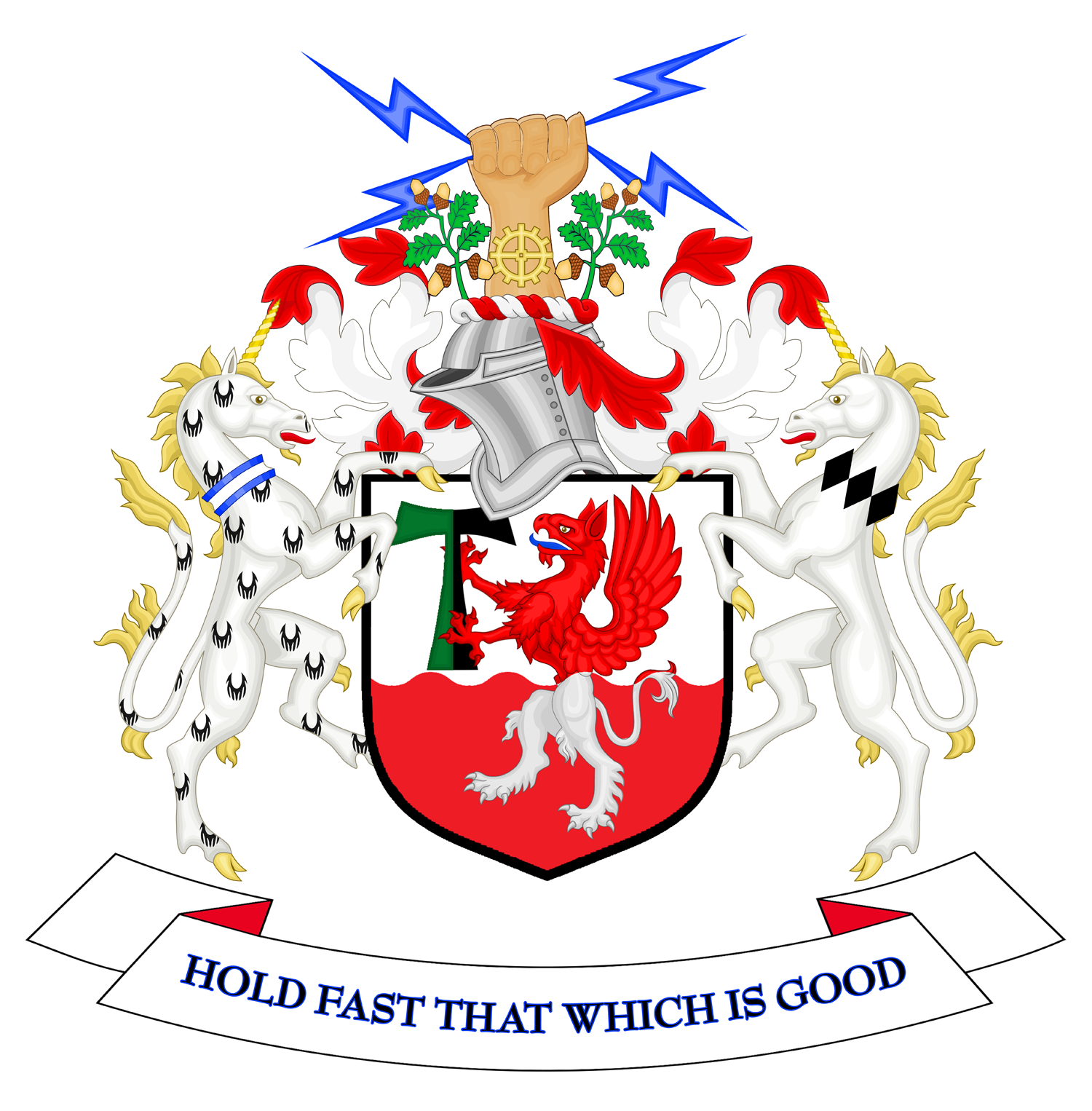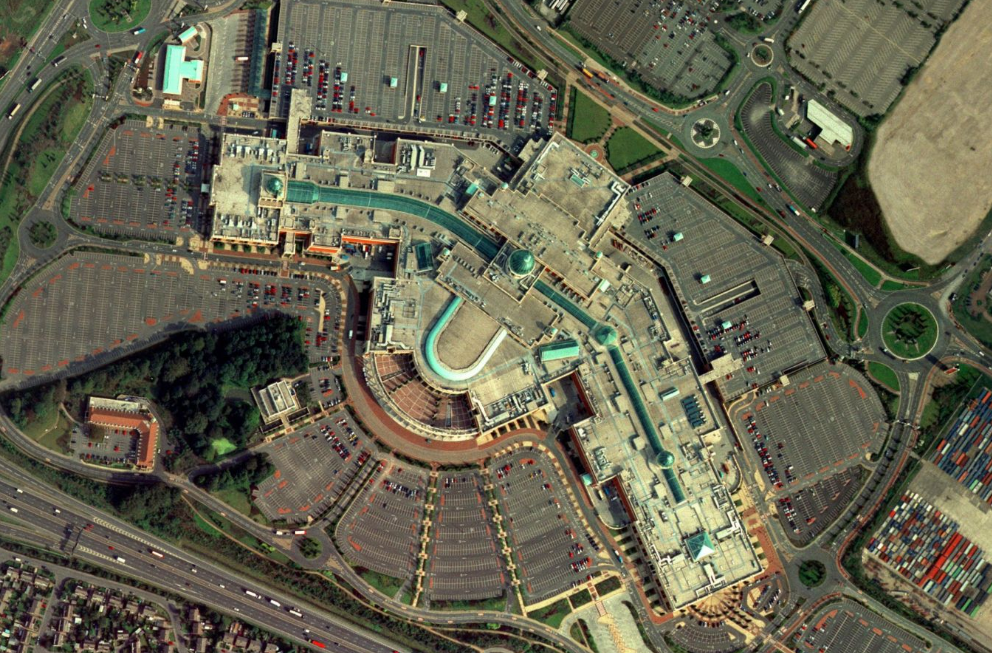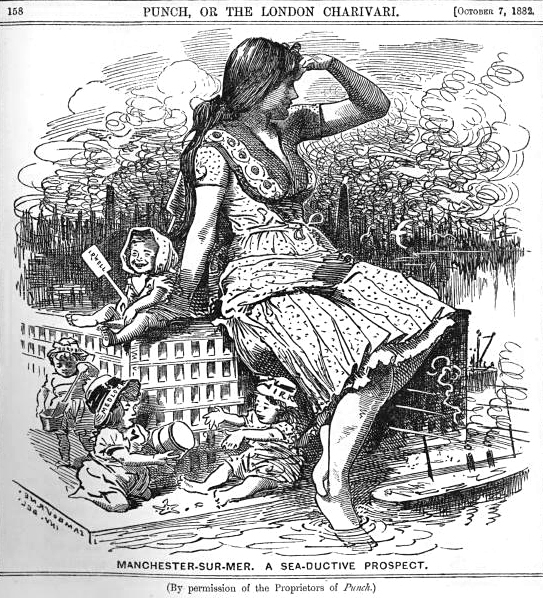|
Partington
Partington is a town and civil parish in the Metropolitan Borough of Trafford, Greater Manchester, England. It is sited south-west of Manchester city centre. Within the boundaries of the Historic counties of England, historic county of Cheshire, it lies on the southern bank of the Manchester Ship Canal, opposite Cadishead on the northern bank. In 2001 it had a population of 7,327. The completion of the Manchester Ship Canal in 1894 transformed Partington into a major coal-exporting port and attracted other industries. Until 2007, Royal Dutch Shell, Shell Chemicals UK operated a major petrochemicals manufacturing complex in Carrington, Greater Manchester, Carrington, Partington's closest neighbour to the east. The gas storage facility in the north-eastern corner of the town was once a gasworks and another significant employer. Shortly after the Second World War, local authorities made an effort to rehouse people away from Victorian architecture, Victorian slums in inner-city ... [...More Info...] [...Related Items...] OR: [Wikipedia] [Google] [Baidu] |
Metropolitan Borough Of Trafford
Trafford is a metropolitan borough of Greater Manchester, England, with an estimated population of in . It covers and includes the area of Old Trafford and the towns of Altrincham, Stretford, Urmston, Partington and Sale. The borough was formed in 1974 as a merger of six former districts and part of a seventh. The River Mersey flows through the borough, separating North Trafford from South Trafford, and the historic counties of Lancashire and Cheshire. Trafford is the seventh-most populous district in Greater Manchester. There is evidence of Neolithic, Bronze Age, and Roman activity in the area, two castles – one of them a Scheduled Ancient Monument – and over 200 listed buildings. In the late 19th century, the population rapidly expanded with the arrival of the railway. Trafford is the home of Manchester United F.C. and Lancashire County Cricket Club, as well as Altrincham F.C. and Trafford F.C.. The Imperial War Museum North, opened in 2002, is locate ... [...More Info...] [...Related Items...] OR: [Wikipedia] [Google] [Baidu] |
Trafford
Trafford is a metropolitan borough of Greater Manchester, England, with an estimated population of in . It covers and includes the area of Old Trafford (area), Old Trafford and the towns of Altrincham, Stretford, Urmston, Partington and Sale, Greater Manchester, Sale. The borough was formed in 1974 as a merger of six former districts and part of a seventh. The River Mersey flows through the borough, separating North Trafford from South Trafford, and the Historic counties of England, historic counties of Lancashire and Cheshire. Trafford is the seventh-most populous district in Greater Manchester. There is evidence of Neolithic, Bronze Age, and Roman Empire, Roman activity in the area, two castles – one of them a Scheduled Ancient Monument – and over 200 listed buildings. In the late 19th century, the population rapidly expanded with the arrival of the railway. Trafford is the home of Manchester United F.C. and Lancashire County Cricket Club, as well as Altrinc ... [...More Info...] [...Related Items...] OR: [Wikipedia] [Google] [Baidu] |
Manchester Ship Canal
The Manchester Ship Canal is a inland waterway in the North West England, North West of England linking Manchester to the Irish Sea. Starting at the River Mersey, Mersey Estuary at Eastham, Merseyside, Eastham, near Ellesmere Port, Cheshire, it generally follows the original routes of the rivers Mersey and River Irwell, Irwell through the Historic counties of England, historic counties of Cheshire and Lancashire before joining the latter at Salford Quays. Several sets of locks lift vessels about to the canal's terminus in Manchester. Landmarks along its route include the Barton Swing Aqueduct, the world's only swing aqueduct, and Trafford Park, the world's first planned industrial estate and one of the largest in Europe. The rivers Mersey and Irwell were first made navigable in the early 18th century. Goods were also transported on the Runcorn extension of the Bridgewater Canal (from 1776) and the Liverpool and Manchester Railway (from 1830) but by the late 19th century the Mer ... [...More Info...] [...Related Items...] OR: [Wikipedia] [Google] [Baidu] |
Greater Manchester
Greater Manchester is a ceremonial county in North West England. It borders Lancashire to the north, Derbyshire and West Yorkshire to the east, Cheshire to the south, and Merseyside to the west. Its largest settlement is the city of Manchester. The county has an area of and is highly urbanised, with a population of 2.9 million. The majority of the county's settlements are part of the Greater Manchester Built-up Area, which extends into Cheshire and Merseyside and is the List of urban areas in the United Kingdom, second most populous urban area in the UK. The city of Manchester is the largest settlement. Other large settlements are Altrincham, Bolton, Rochdale, Sale, Greater Manchester, Sale, Salford, Stockport and Wigan. Greater Manchester contains ten metropolitan boroughs: Manchester, City of Salford, Salford, Metropolitan Borough of Bolton, Bolton, Metropolitan Borough of Bury, Bury, Metropolitan Borough of Oldham, Oldham, Metropolitan Borough of Rochdale, Rochdale, Metropol ... [...More Info...] [...Related Items...] OR: [Wikipedia] [Google] [Baidu] |
Stretford And Urmston (UK Parliament Constituency)
Stretford and Urmston is a constituency in Greater Manchester represented in the House of Commons of the UK Parliament since a 2022 by-election by Andrew Western, a Labour MP. History Stretford and Urmston was created in 1997 from significant parts of the former constituencies of Davyhulme – a Conservative-held marginal whose last member was the Conservative Winston Churchill (grandson of the former Prime Minister) – and safely Labour Stretford, whose last member was Tony Lloyd ( Labour). The constituency was first represented by Beverley Hughes, who stood down at the 2010 general election. Kate Green, a Labour front-bencher, held the seat from 2010 until she resigned in November 2022 after being nominated as Greater Manchester's deputy mayor for policing and crime, taking over from Beverley Hughes once again. Boundaries 1997–2010: The Metropolitan Borough of Trafford wards of Bucklow, Clifford, Davyhulme East, Davyhulme West, Flixton, Longford, Park, Stretford, ... [...More Info...] [...Related Items...] OR: [Wikipedia] [Google] [Baidu] |
Bowdon, Greater Manchester
Bowdon is a suburb of Altrincham and electoral ward in the Metropolitan Borough of Trafford, Greater Manchester, England. It lies within the historic county boundaries of Cheshire, and became part of Greater Manchester in 1974. History The name Bowdon came from Anglo-Saxon ''Boga-dūn'' = "bow (weapon)-hill" or "curved hill". Bowdon and nearby Dunham Massey are both mentioned in the Domesday Book, citing the existence of a church and a mill in Bowdon, and Dunham Massey is identified as ''Doneham: Hamo de Mascy''. Both areas came under Hamo de Masci in Norman times. His base was a wooden castle at Dunham. Watch Hill Castle was built on the border between Bowdon and Dunham Massey between the Norman Conquest and the 13th century. The timber castle most likely belonged to Hamo de Mascy; the castle had fallen out of use by the 13th century.Watch Hill Castle by Norman Redhead in The last Hamo de Masci died in 1342. The Black Death came to the area in 1348. Before 1494, the r ... [...More Info...] [...Related Items...] OR: [Wikipedia] [Google] [Baidu] |
Carrington, Greater Manchester
Carrington is a village and civil parish in the Metropolitan Borough of Trafford, Greater Manchester, England. Historically a part of Cheshire, the village is west of the Greater Manchester Urban Area, and includes several industrial sites. History Several derivations of the name Carrington have been suggested, all from Old English. The name may mean "estate associated with a man called Cara"; alternatively, the first part of the name may be derived from ''caring'', meaning "tending or herding" or ''cring'', which means "river bend", so either "place associated with herding", or "settlement by a river bend". In the 12th century, Carrington was known as Carrintona. Industry Carrington has a large gas and chemical works, which produce gases by fractional distillation of liquid air. It used to be the site of a Shell Chemicals refinery, which produced polythene and polystyrene. Carrington Power Station was on the south bank of the Manchester Ship Canal. Building work commenc ... [...More Info...] [...Related Items...] OR: [Wikipedia] [Google] [Baidu] |
Irlam
Irlam is a suburb in the City of Salford, Greater Manchester, England. In 2011, it had a population of 19,933. It lies on flat ground on the south side of the M62 motorway and the north bank of the Manchester Ship Canal, southwest of Salford, southwest of Manchester and northeast of Warrington. Irlam forms a continuous urban area with Cadishead to the southwest, and is divided from Flixton and the Metropolitan Borough of Trafford to the southeast by the Manchester Ship Canal. The main road through Irlam, linking it to Cadishead and Eccles, is the A57. Irlam railway station also serves the district. Irlam was anciently known as Irwellham, an outlying area of Chat Moss, a large peat bog which straddled the River Irwell. Work was carried out in the 19th century to reclaim large areas to enable the completion of the Liverpool and Manchester Railway in 1829. In 1894, the Irwell was adjusted so that its waters were united with the Manchester Ship Canal, stimulating th ... [...More Info...] [...Related Items...] OR: [Wikipedia] [Google] [Baidu] |
Lancashire Steel Corporation
The Lancashire Steel Corporation Ltd was a United Kingdom steel producer. The company was formed in 1930 by amalgamating the iron and steel interests of the Pearson & Knowles Coal & Iron Co, the Partington Steel & Iron Co, and the Wigan Coal & Iron Co. The company was nationalised in 1951, becoming part of the Iron and Steel Corporation of Great Britain, but de-nationalised shortly afterwards. It was renationalised in 1967, becoming part of the British Steel Corporation. The main works were at Irlam Irlam is a suburb in the City of Salford, Greater Manchester, England. In 2011, it had a population of 19,933. It lies on flat ground on the south side of the M62 motorway and the north bank of the Manchester Ship Canal, southwest of Salf .... Sources * Whitaker's Almanack (various dates) Defunct companies of the United Kingdom Steel companies of the United Kingdom Former nationalised industries of the United Kingdom 1930 establishments in England History of Salfo ... [...More Info...] [...Related Items...] OR: [Wikipedia] [Google] [Baidu] |
Cheshire
Cheshire ( ) is a Ceremonial counties of England, ceremonial county in North West England. It is bordered by Merseyside to the north-west, Greater Manchester to the north-east, Derbyshire to the east, Staffordshire to the south-east, and Shropshire to the south; to the west it is bordered by the Welsh counties of Flintshire and Wrexham County Borough, Wrexham, and has a short coastline on the Dee Estuary. The largest settlement is Warrington. The county has an area of and had a population of 1,095,500 at the 2021 United Kingdom census, 2021 census. The areas around the River Mersey in the north of the county are the most densely populated, with Warrington, Runcorn, Widnes, and Ellesmere Port located on the river. The city of Chester lies in the west of the county, Crewe in the south, and Macclesfield in the east. For Local government in England, local government purposes Cheshire comprises four Unitary authorities of England, unitary authority areas: Cheshire East, Cheshire We ... [...More Info...] [...Related Items...] OR: [Wikipedia] [Google] [Baidu] |
Cheshire Lines Committee
The Cheshire Lines Committee (CLC) was formed in the 1860s and became the second-largest joint railway in Great Britain. The committee, which was often styled the Cheshire Lines Railway, operated of track in the then counties of Lancashire and Cheshire. The railway did not become part of the ''Big Four'' during the implementation of the 1923 grouping, surviving independently with its own management until the railways were nationalised at the beginning of 1948. The railway served Liverpool, Manchester, Stockport, Warrington, Widnes, Northwich, Winsford, Knutsford, Chester and Southport with connections to many other railways. Formation The Cheshire Lines Committee evolved in the late 1850s from the close working together of two railways, the Manchester, Sheffield and Lincolnshire Railway (MS&LR) and the Great Northern Railway (GNR); this was in their desire to break the near monopoly on rail traffic held by the London and North Western Railway (LNWR) in the Southern Lancashi ... [...More Info...] [...Related Items...] OR: [Wikipedia] [Google] [Baidu] |




